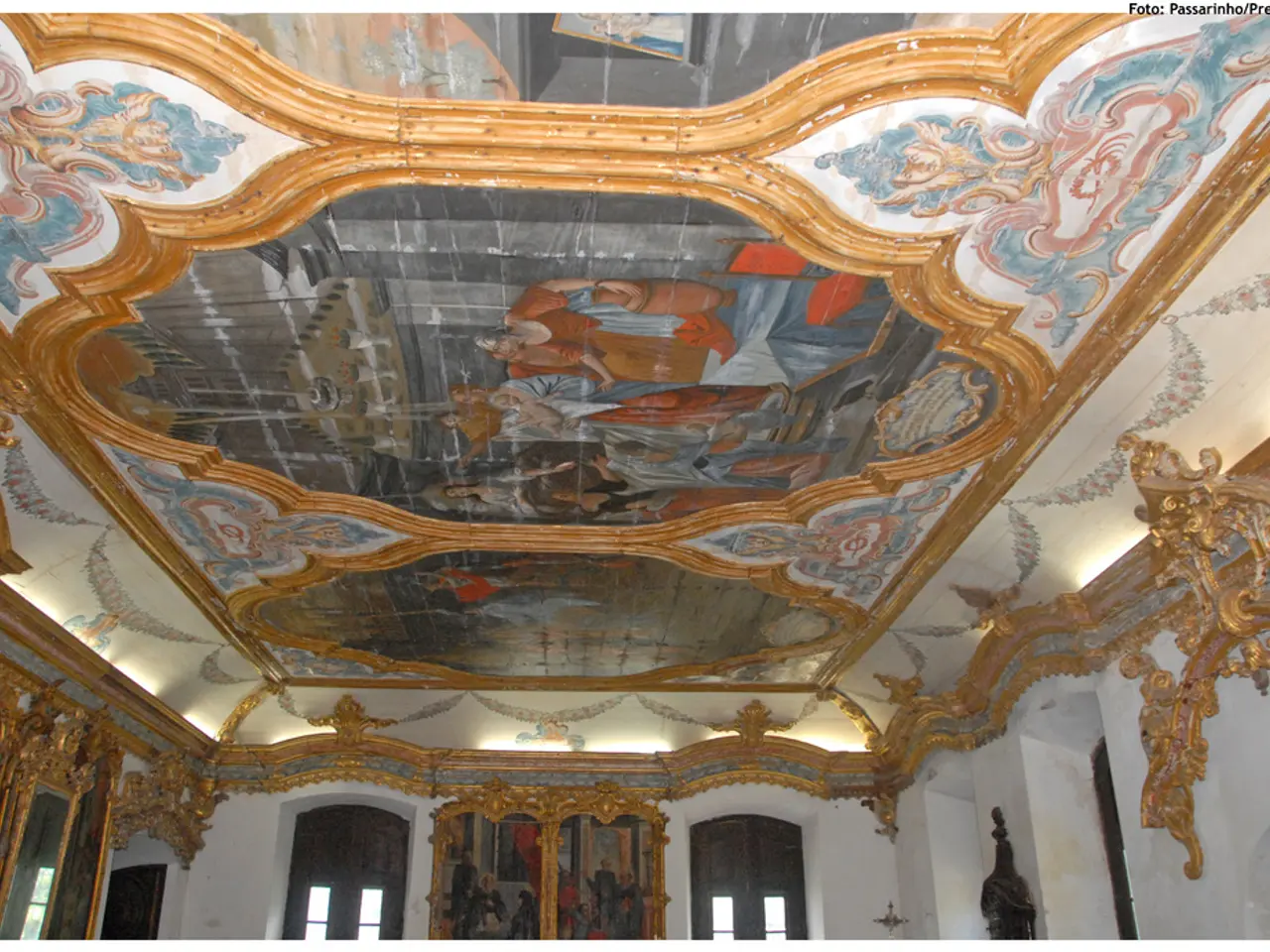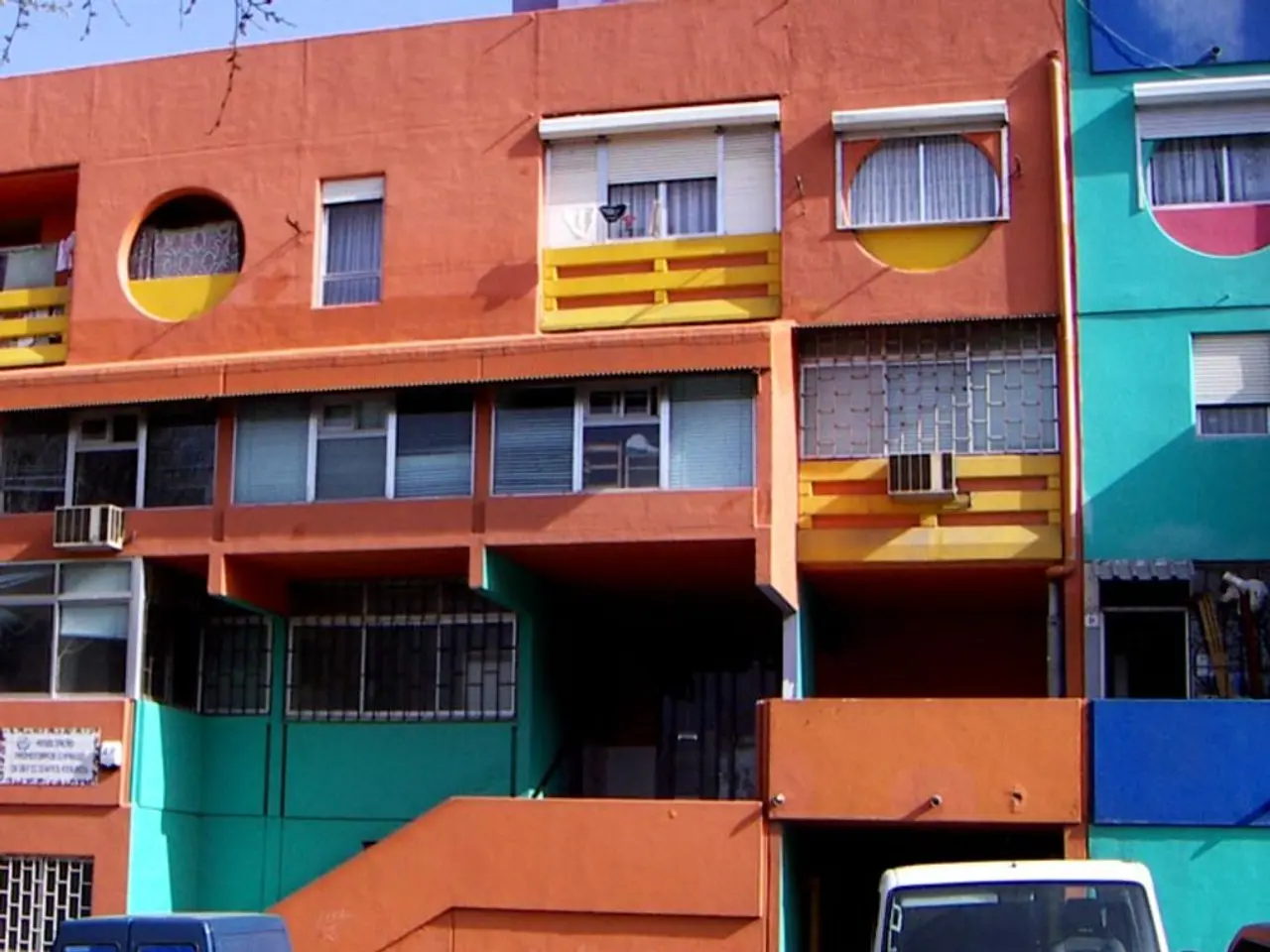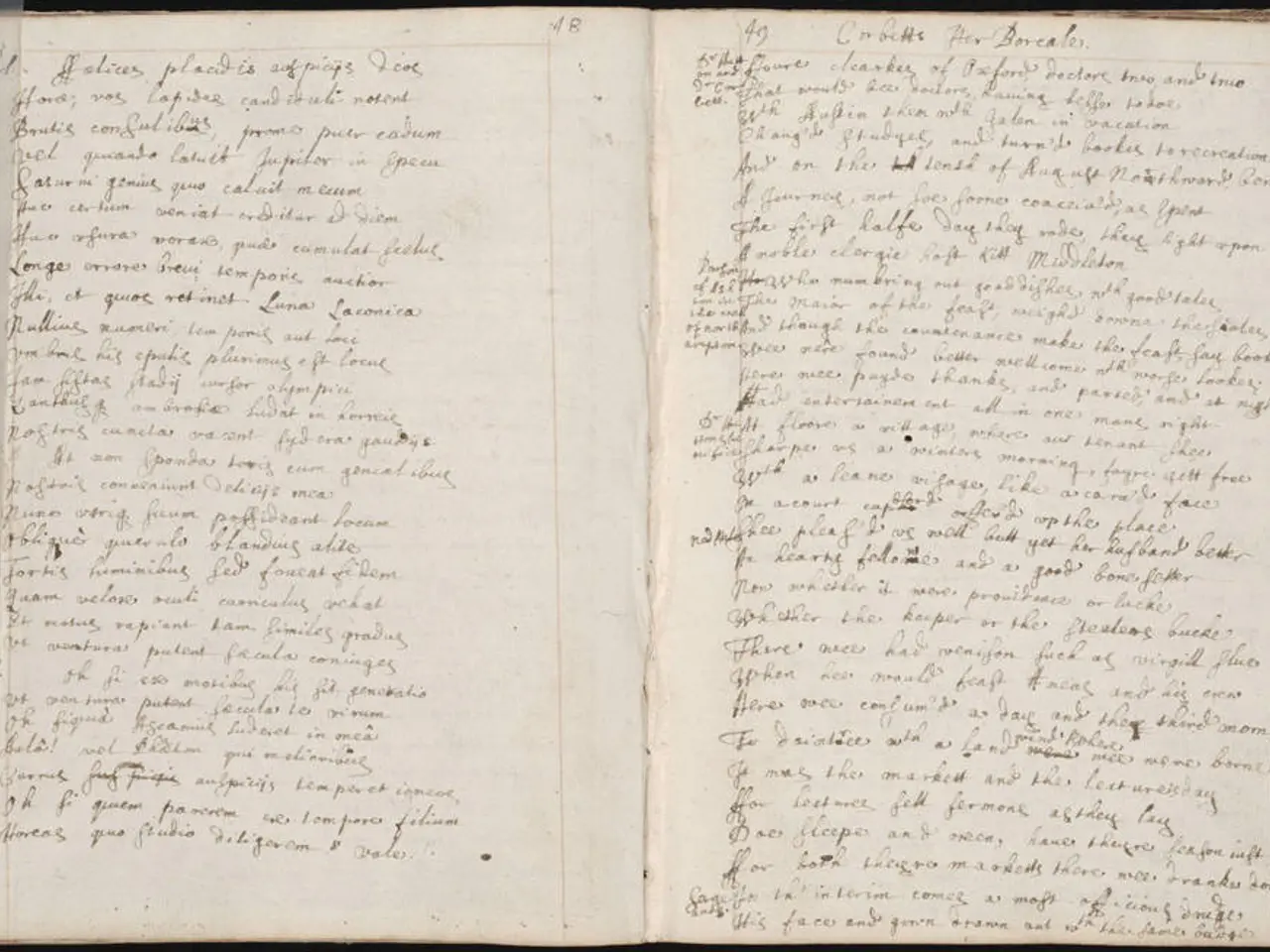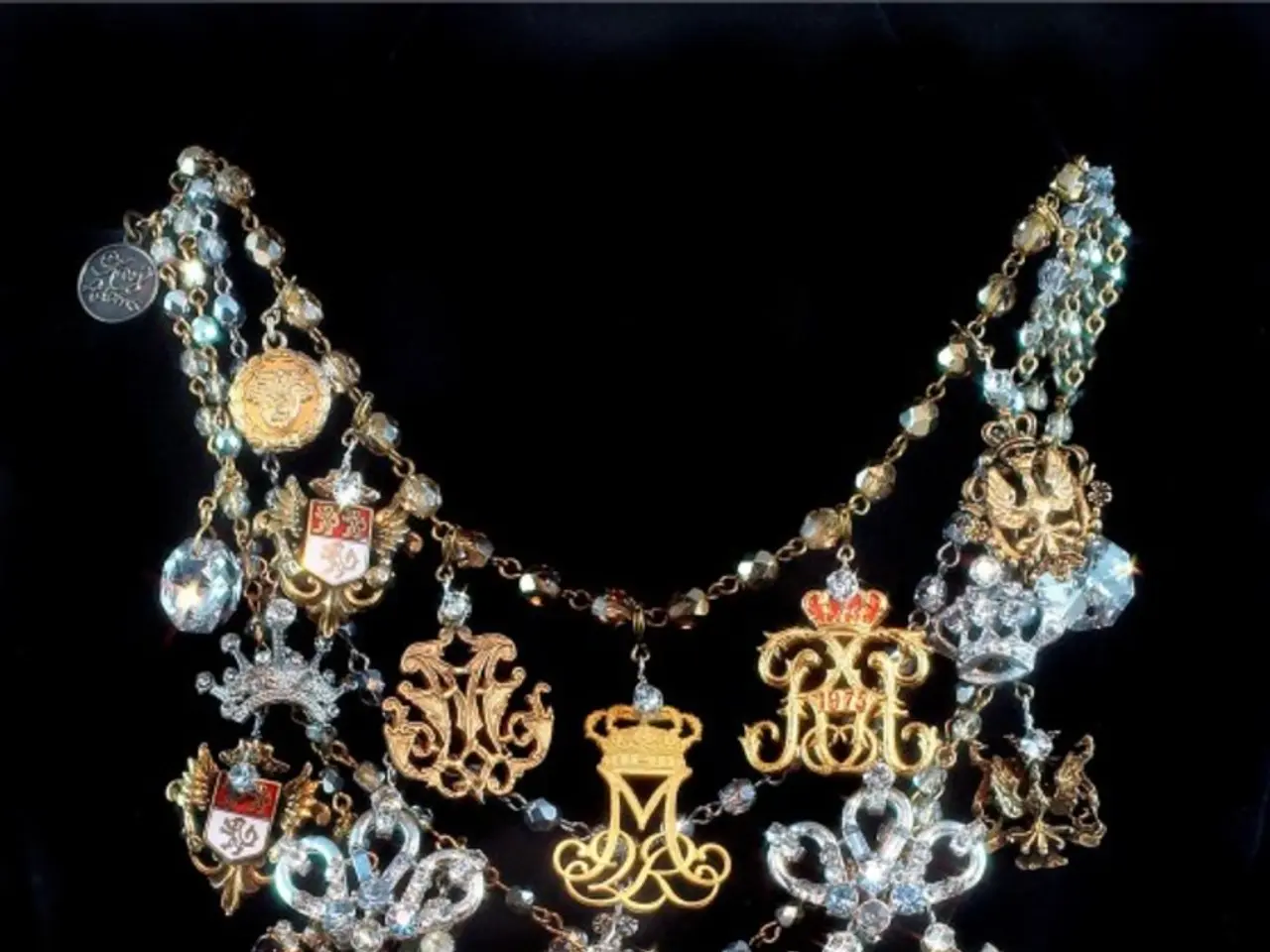Investigating Spandrel Security and Critical Protection Measures in Cavity Trays
In the realm of construction, the search for durable and efficient solutions continues to evolve. Two such solutions, the Type CD Cavity Dropcloak and the Cavi 60 Type SAF, manufactured by Cavity Trays Ltd of Yeovil, are gaining attention for their potential benefits in Damp Proof Course (DPC) and fire barrier applications at gable ends.
The Type CD Cavity Dropcloak is a preformed, rigid, self-supporting cavity tray that provides protection without projecting through the outer leaf, ensuring masonry bonding and structural continuity of the external skin remain uninterrupted. On the other hand, the Cavi 60 Type SAF, with its acronym standing for sloping, acoustic, and fire, offers a 60-minute fire rating and slopes forwards and downwards, transversing the cavity and directing penetrating water away from the inner skin.
The advantages of using these specialised materials are manifold. They offer enhanced durability, designed to withstand environmental factors such as moisture and extreme temperatures, leading to longer-lasting protection against water infiltration and fire spread. Their improved fire resistance meets strict fire safety standards, ensuring the safety of structures, especially in high-risk areas like gable ends.
Ease of installation is another key benefit. These materials are designed with easier installation processes in mind, reducing labor costs and project timelines, particularly beneficial for complex or hard-to-reach areas like gable ends. Compliance with local building codes and regulations is also ensured, reducing the risk of non-compliance issues during inspections.
These materials are tested to perform well under various environmental conditions, including high winds, heavy rainfall, and extreme temperature fluctuations. To fully understand the advantages of Type CD Cavity Dropcloak and Cavi 60 Type SAF, it would be necessary to consult product specifications or manufacturer's data sheets, which may provide detailed information on their performance characteristics compared to traditional methods.
To avoid structural weaknesses, the Type CD cavity Dropcloak can be used, which supports itself and leaves the outer skin unweakened. Conventional cavity barriers, with their flat upper surfaces, can act as a bridge across to the inner skin, potentially creating a structural weakness. In contrast, the Cavi 60 Type SAF, with its unique parallelogram section, differs from conventional barriers.
Prefabricated spandrel panels are replacing traditional gable block walls, and the use of these specialised materials can contribute to this shift. The NHBC and LABC Technical Standards emphasise the importance of incorporating a DPC at spandrel level to protect cavity insulation or fire barriers.
For more information about these solutions, contact Cavity Trays Ltd at [email protected] or visit their website at www.cavitytrays.co.uk. It's clear that these specialised materials, with their potential to enhance durability, improve fire resistance, ease installation, ensure compliance, and perform well under extreme conditions, are worth considering for DPC and fire barrier applications at gable ends.
Technology plays a significant role in the evolution of construction solutions, as technologies like the Type CD Cavity Dropcloak and Cavi 60 Type SAF showcase. These advancements in technology offer enhanced durability, improve fire resistance, and ensure compliance with safety standards, all while making installation easier. By incorporating these technologies, construction projects can benefit from long-lasting protection against water infiltration and fire spread.




